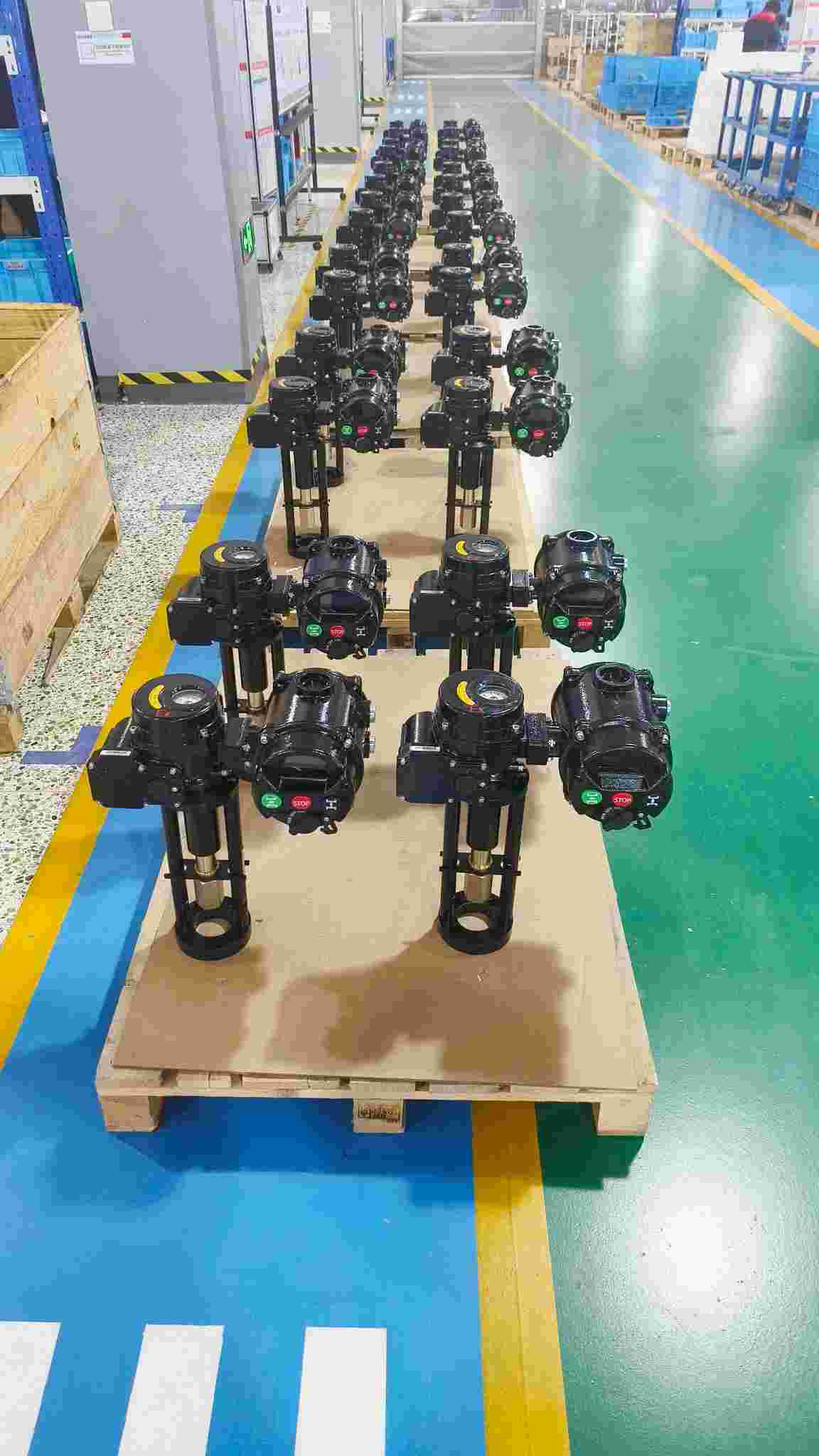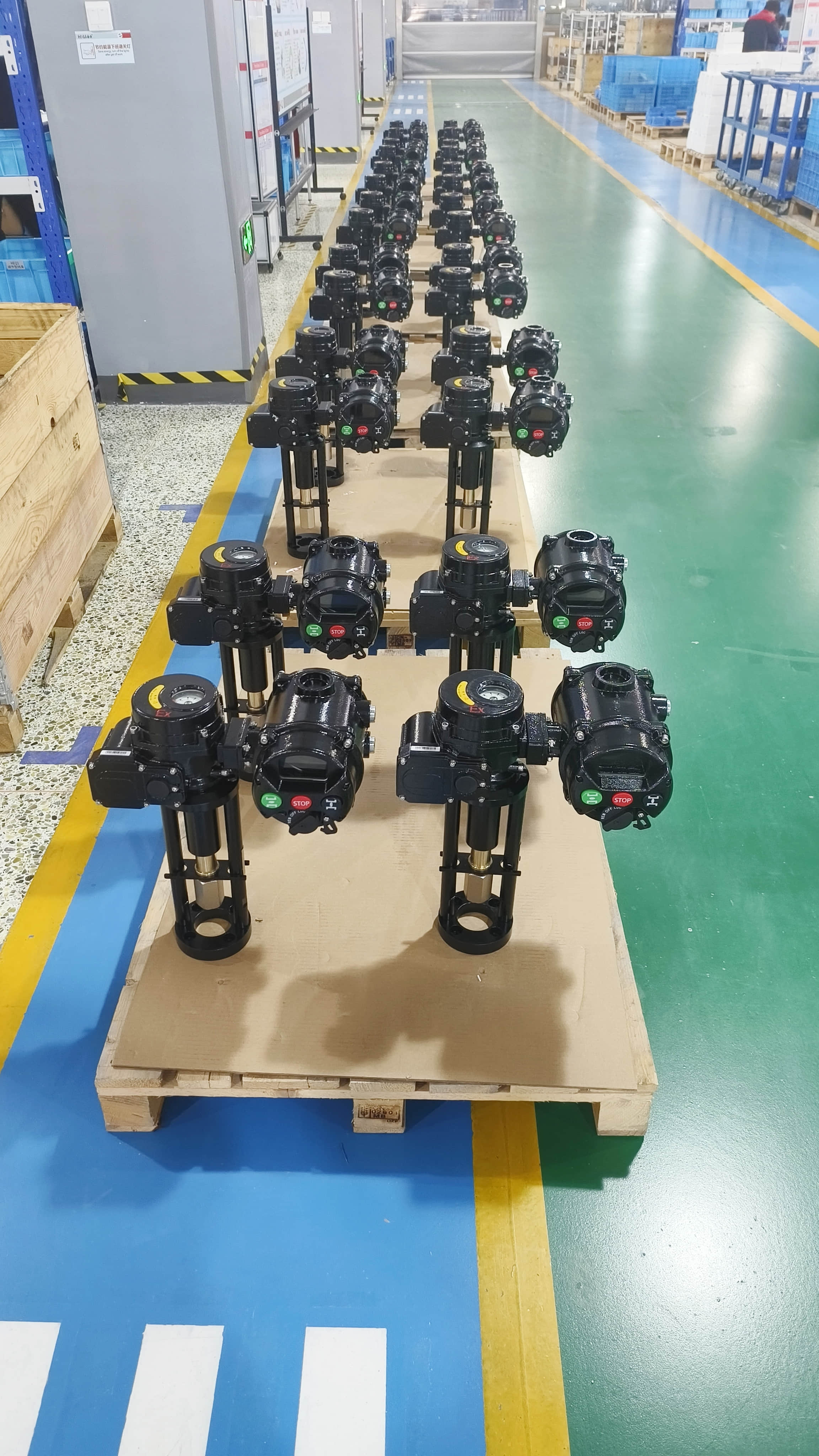
In the ever-evolving landscape of modern automation, the need for precision, efficiency, and flexibility has led to the rise of intelligent systems capable of adapting to various operational environments. One such innovation is the Intelligent Integrated Actuator (IIA), a device that combines actuating elements, sensors, and controllers into a single, compact unit. This seamless integration enhances performance and significantly reduces the complexity of traditional systems. In this article, we will explore the concept, working principles, advantages, and applications of Intelligent Integrated Actuators, as well as their impact on the future of automation.
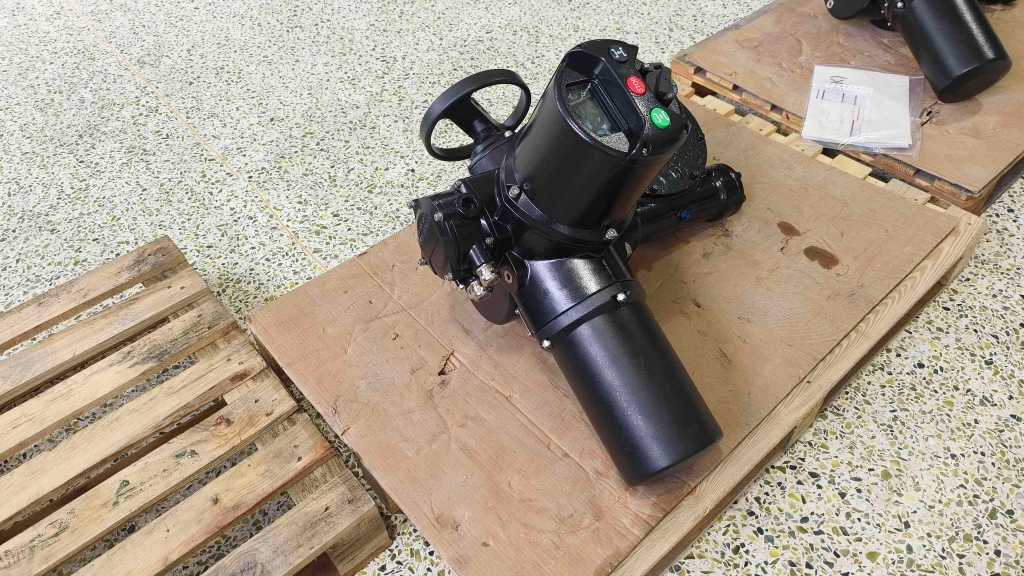
What is an Intelligent Integrated Actuator?
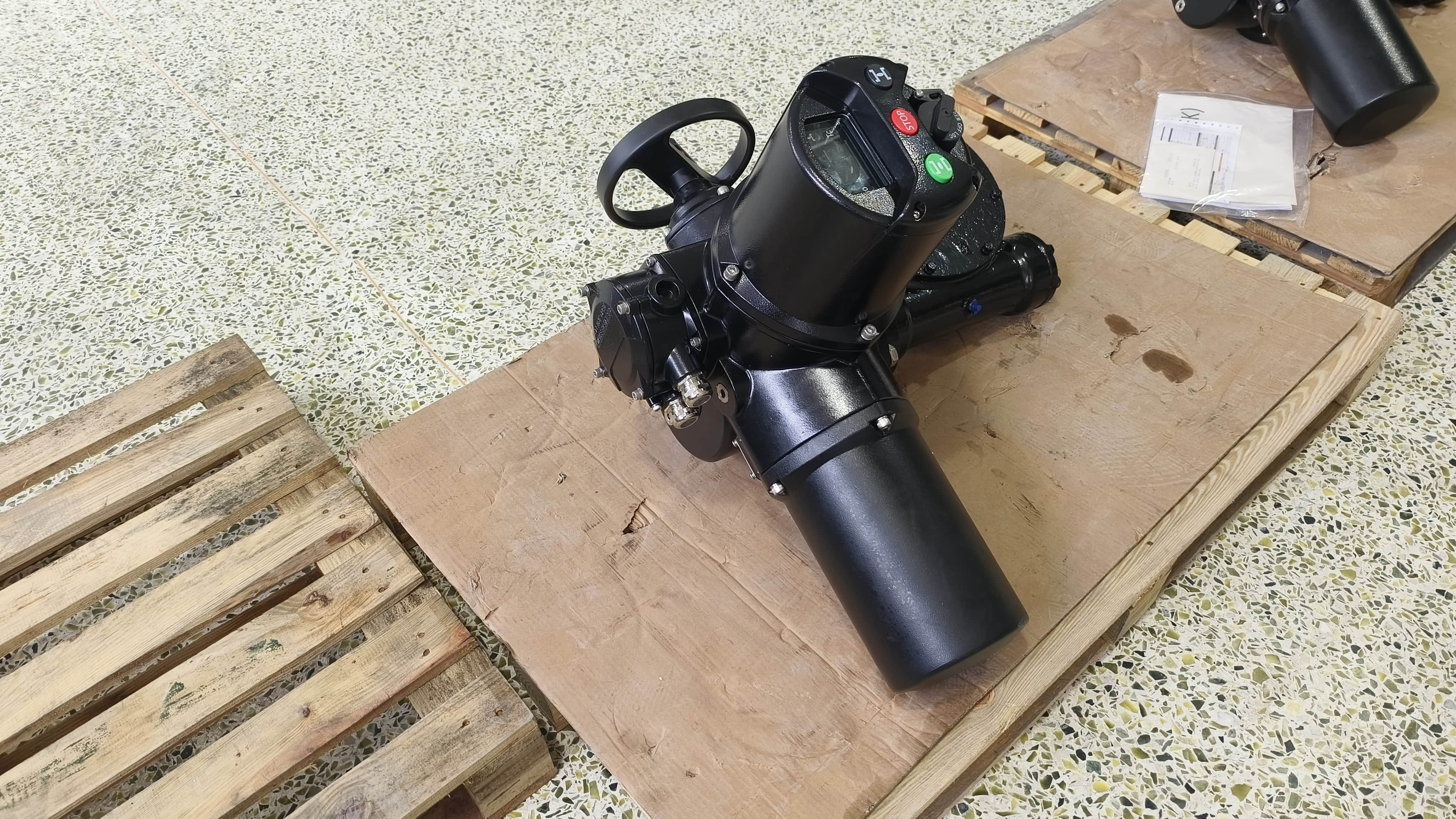
An Intelligent Integrated Actuator is a self-contained unit that performs both actuation and control functions while incorporating sensing capabilities. Unlike conventional actuators, which typically require separate components for control, power delivery, and feedback, the IIA integrates these elements into a unified system. This integration allows for real-time monitoring and adaptive control, making the actuator "intelligent."
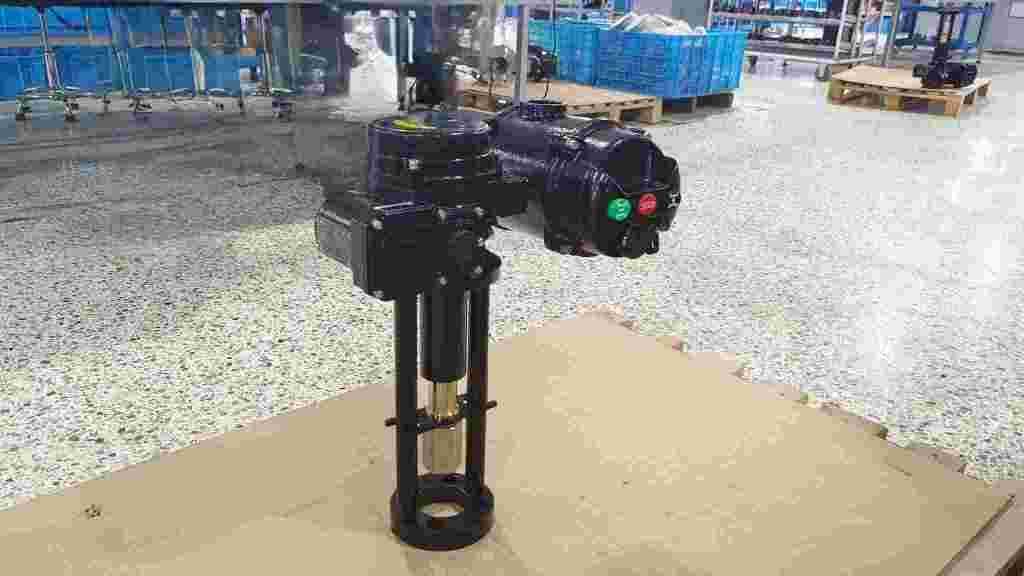
At the core of an IIA, you'll find a combination of mechanical actuation (such as motors or piezoelectric elements), a control algorithm (usually embedded in a microcontroller or processor), and sensors that monitor the actuator's position, speed, force, or temperature. By integrating these components, the IIA can perform tasks more effectively, responding to dynamic conditions and optimizing its performance without needing external inputs.
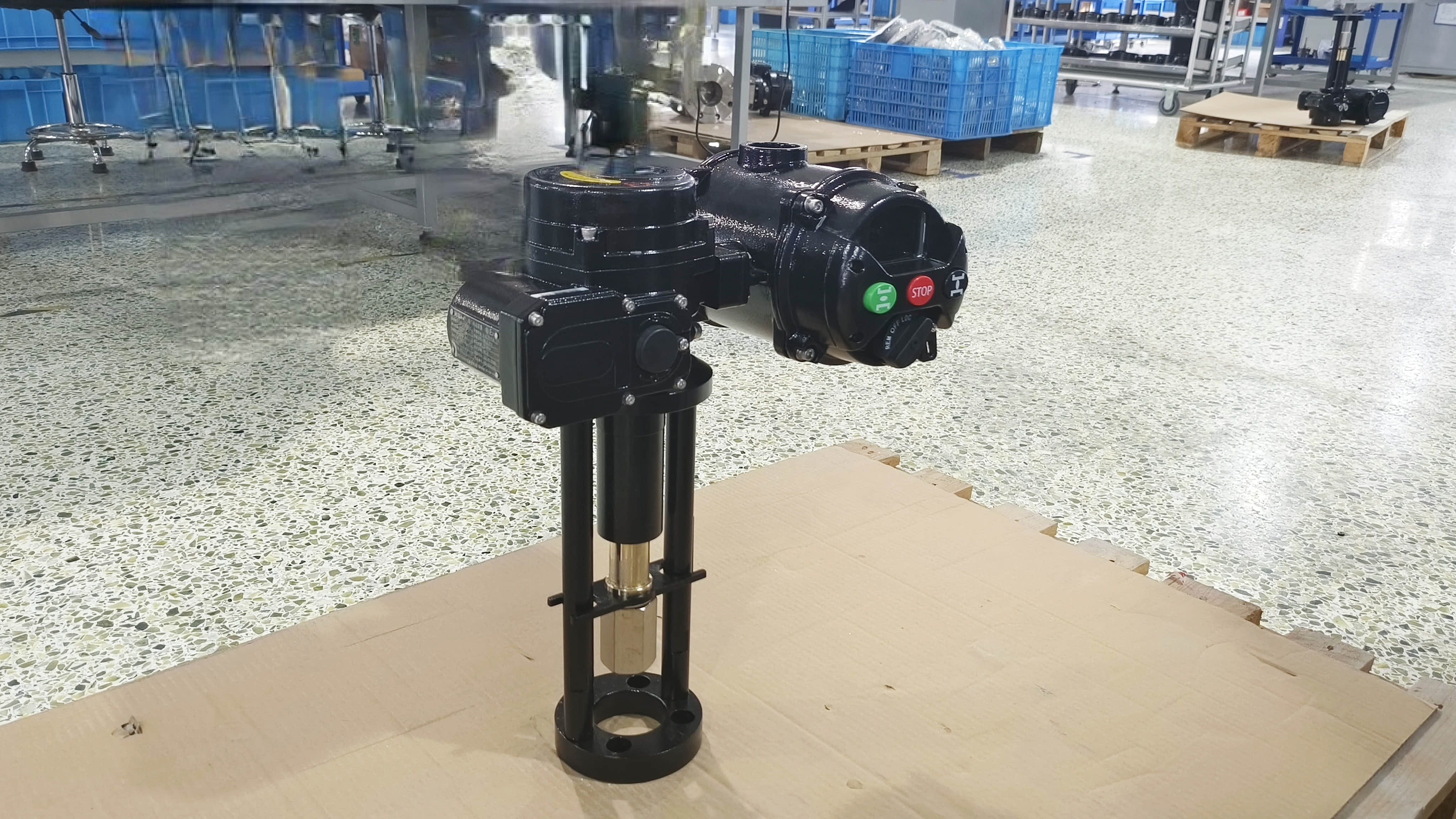
How Does an Intelligent Integrated Actuator Work?
